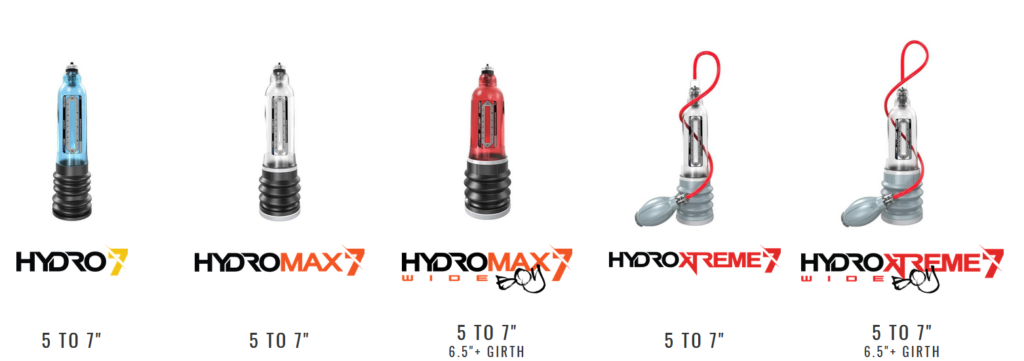Penile Implant vs Other ED Treatments: Which Is Right for You?
Erectile dysfunction (ED) affects millions of men worldwide, impacting their quality of life and relationships. Fortunately, there are several treatment options available, including penile implants, oral medications, injections, and vacuum erection devices. But how do you know which one is right for you? In this article, we’ll compare penile implants vs other ED treatments to help you make an informed decision.
What Is a Penile Implant?
A penile implant, also known as a penile prosthesis, is a surgical solution for men with severe ED who haven’t responded to other treatments. There are two main types:
- Inflatable penile implants: These allow for an erection by pumping fluid into cylinders implanted in the penis.
- Malleable penile implants: These are semi-rigid rods that can be manually adjusted for an erection.
Penile implants are considered a permanent solution and are often recommended for men with conditions like Peyronie’s disease, diabetes, or those who have undergone prostate surgery.
Other ED Treatments
Before considering a penile implant, many men explore non-surgical options. Here’s a breakdown of the most common alternatives:
1. Oral Medications (Pills)
- Examples: Viagra (sildenafil), Cialis (tadalafil), Levitra (vardenafil).
- How They Work: These drugs increase blood flow to the penis, helping achieve an erection when sexually stimulated.
- Pros: Non-invasive, easy to use, and effective for many men.
- Cons: May cause side effects like headaches, flushing, or dizziness. Not suitable for men with certain heart conditions.
2. Penile Injections
- Examples: Alprostadil, Caverject.
- How They Work: Medication is injected directly into the penis to stimulate an erection.
- Pros: Effective for men who don’t respond to pills.
- Cons: Can be painful, risk of scarring or priapism (prolonged erection).
3. Vacuum Erection Devices (VEDs)
- How They Work: A vacuum pump is used to draw blood into the penis, and a constriction ring maintains the erection.
- Pros: Non-invasive, no medications required.
- Cons: Can be cumbersome, may cause discomfort or numbness.
4. Lifestyle Changes and Therapy
- Examples: Weight loss, exercise, quitting smoking, and counseling.
- Pros: Addresses underlying causes of ED, improves overall health.
- Cons: Requires time and commitment, may not work for severe ED.
Penile Implant vs Other ED Treatments: Key Comparisons
| Aspect | Penile Implant | Other ED Treatments |
|---|---|---|
| Effectiveness | Highly effective for severe ED | Varies; may not work for severe cases |
| Invasiveness | Surgical procedure | Non-invasive or minimally invasive |
| Convenience | Permanent solution | Requires repeated use (pills, injections) |
| Cost | Higher upfront cost | Lower initial cost |
| Recovery Time | Several weeks | Immediate or minimal recovery |
| Side Effects | Surgical risks (infection, mechanical failure) | Mild to moderate side effects |
Who Should Consider a Penile Implant?
A penile implant is typically recommended for men who:
- Have severe ED that doesn’t respond to other treatments.
- Want a permanent solution without the need for daily medications.
- Are in good overall health and can undergo surgery.
- Have conditions like Peyronie’s disease or diabetes-related ED.
Conclusion
Choosing between a penile implant and other ED treatments depends on the severity of your condition, your overall health, and your personal preferences. While non-surgical options like pills and injections work well for many men, a penile implant offers a permanent solution for those with severe ED. Consult with a qualified urologist to discuss your options and determine the best treatment plan for you.

